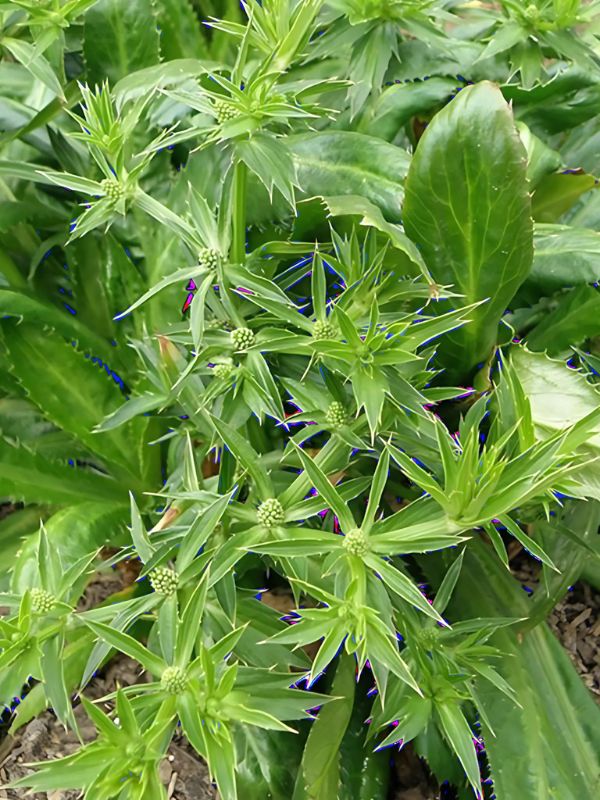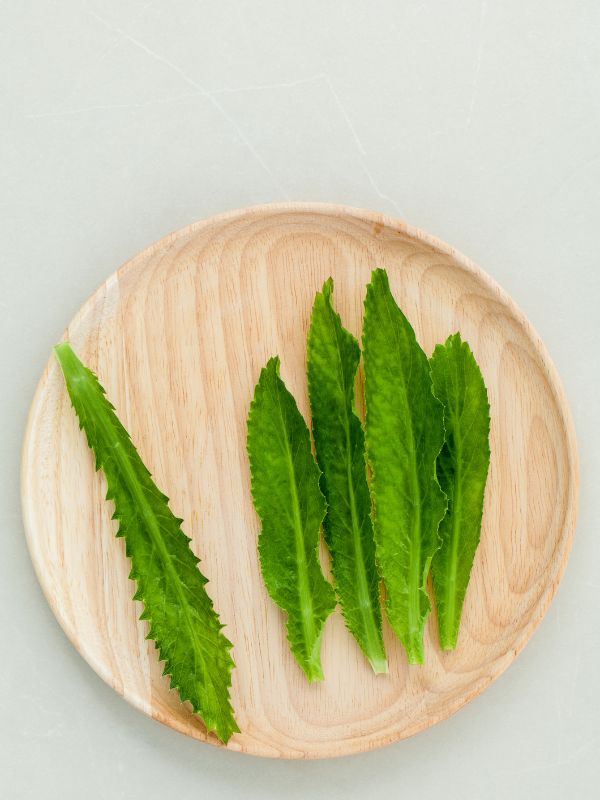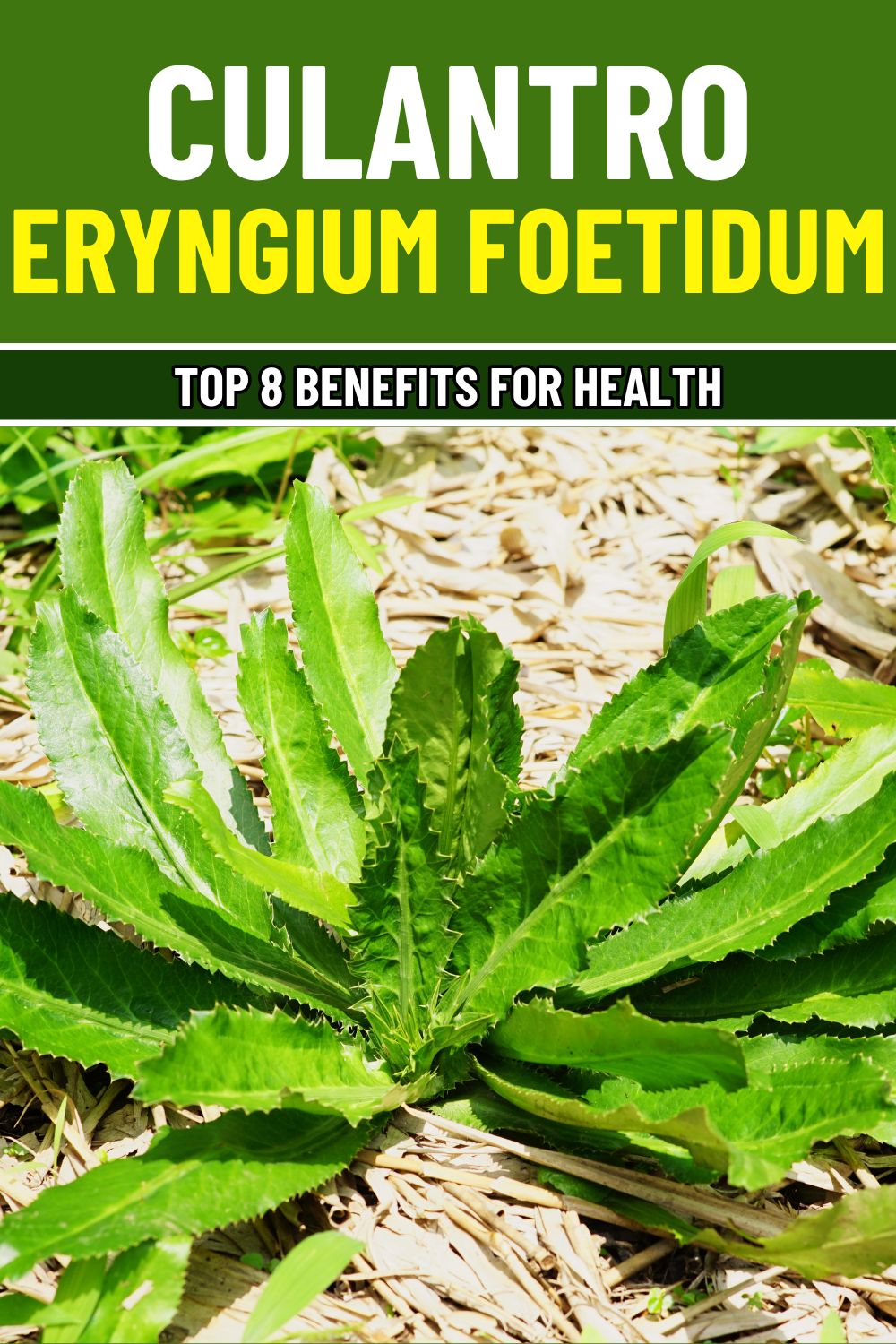#2. Supports Digestive Health

Culantro: The Underrated Super Herb That Packs a Nutritional Punch
The herb’s carminative properties aid in relieving gas, bloating, and indigestion.
Research in the Journal of Natural Remedies shows that culantro’s antimicrobial activity helps combat harmful bacteria like E. coli, improving gut health and reducing digestive discomfort.

#3. Boosts Immune Function
Culantro contains vitamin A and vitamin C, both of which are critical for immune health.
According to the USDA, 100 grams of culantro deliver approximately 338 IU of vitamin A, helping to enhance immune response and reduce susceptibility to infections.
#4. Promotes Bone Health
Culantro is a source of calcium, magnesium, and potassium, minerals essential for maintaining bone density.
Studies in the Journal of Bone and Mineral Research indicate that magnesium plays a crucial role in preventing osteoporosis, and culantro provides about 21 mg of magnesium per 100 grams.

Bioactive compounds like alkaloids and terpenoids found in culantro exhibit strong anti-inflammatory effects.
A 2020 study in Phytotherapy Research reported that these compounds help manage conditions like arthritis by reducing swelling and pain in inflamed tissues.

#6. Improves Respiratory Health
Culantro’s natural antihistamines can help manage asthma and respiratory allergies.
Traditional medicine often uses culantro tea or decoctions to clear mucus and relieve symptoms of respiratory infections.

The herb supports liver and kidney detoxification by enhancing the body’s ability to eliminate waste and neutralize toxins.
A study in the Asian Pacific Journal of Tropical Biomedicine highlights culantro’s diuretic properties, which help cleanse the kidneys and prevent urinary tract infections.
 #8. Helps Manage Diabetes
#8. Helps Manage DiabetesEmerging evidence suggests that culantro may help regulate blood sugar levels.
Its phytochemicals improve insulin sensitivity, as reported in the Journal of Ethnopharmacology, making it a potential addition to diabetic diets.

- In cooking: Add chopped fresh leaves to soups, stews, and marinades for a bold flavor. Blend into sauces or chutneys to enhance your meals.
- As a tea: Brew a handful of fresh or dried leaves in hot water for 10 minutes to create a soothing herbal tea. Enhance with honey or lemon for added benefits.
- For topical use: Crush fresh leaves into a poultice to apply on minor wounds or insect bites.

Cautions and Precautions
While culantro is generally safe for most people, some individuals may experience allergic reactions such as skin irritation or digestive discomfort. It is always best to start with small amounts to test for sensitivity.
Pregnant and breastfeeding women should consult a healthcare provider before consuming culantro in large quantities or as a supplement.
If you are on medication or managing chronic health conditions, consult your doctor before incorporating culantro into your diet.
Disclaimer
This article is for informational purposes only and does not substitute for professional medical advice.
Please consult your healthcare provider before using culantro for medicinal purposes.

Culantro: The Underrated Super Herb That Packs a Nutritional Punch
